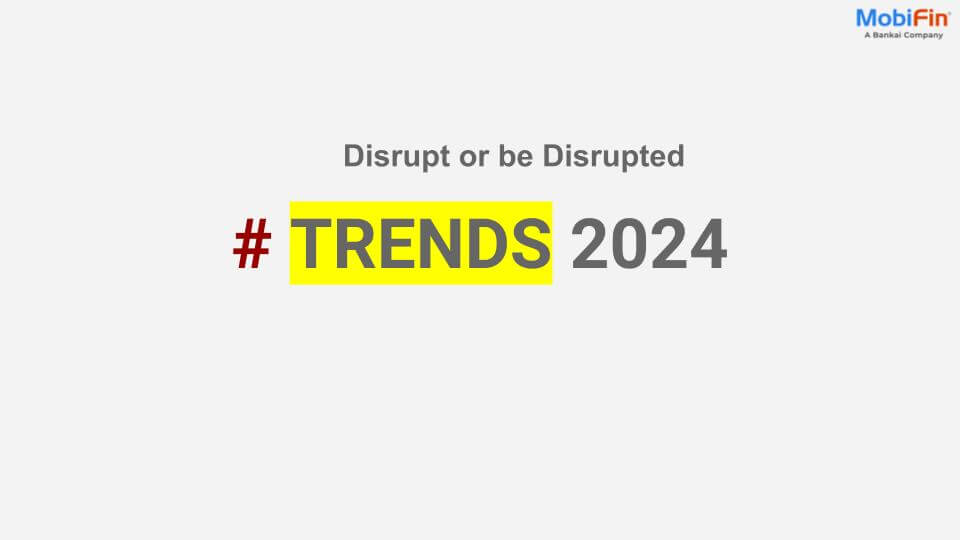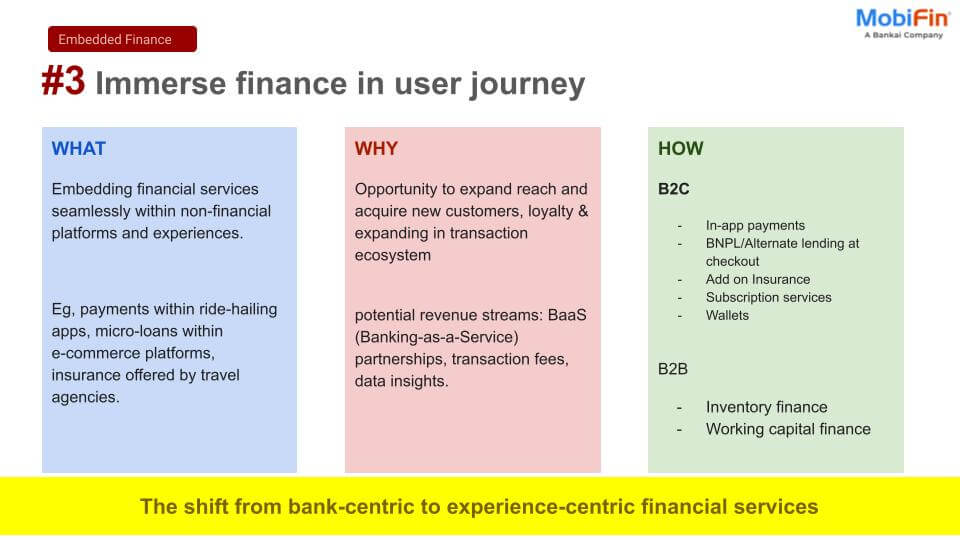Digging deeper into clawback mechanisms
Commission clawback refers to the process of identifying and recovering wrongfully awarded commissions. By analyzing transaction data, financial institutions can detect suspicious patterns indicative of fraudulent activity. These patterns are flagged, and clawback models are generated to assess the severity of the offense. If an agent repeatedly engages in such behavior within a defined period, reports are generated, and the service provider can withhold or recover already accrued commissions until a thorough review and approval process is completed. This mechanism serves as a powerful deterrent against fraud and helps protect the financial integrity of the institution, particularly in the context of agency banking solutions.
Key components of a commission clawback mechanism include:
- User-specific rules: Establishes clear guidelines for different user categories (e.g. agents, employees) to identify suspicious transaction patterns.
- Behavioral tracking: Defines specific behaviors that may indicate fraudulent activity, such as excessive transactions, unusual patterns, or inconsistencies.
- Monitoring: Employs advanced analytics and monitoring tools to track user behavior in real-time.
- Pattern recognition: Identifies recurring patterns that deviate from normal behavior and may suggest fraudulent activity.
- Flagging suspicious agents: Uses automated systems to flag agents who repeatedly exhibit suspicious behavior.
- Data analysis: Analyzes historical data to identify persistent patterns of fraudulent activity.
- Temporary suspension: Places a hold on earned commissions for agents flagged as potential offenders.
- Hierarchical review: Implements a multi-tiered review process involving authorized personnel at different levels.
- Thorough evaluation: Ensure that each flagged case is carefully evaluated to determine if fraud has occurred
- Generating reports: Generates detailed reports summarizing suspicious activity, flagged agents, and recovered commissions and these reports are used to identify trends, refine clawback models, and improve fraud prevention strategies.
A commission clawback mechanism leverages machine learning to analyze transaction data and identify suspicious patterns. By training models to recognize abnormal behaviors and assigning risk scores to agents, institutions can proactively detect and address potential fraud, safeguarding their revenue and maintaining customer trust.
Types of commission fraud
Agents deliberately inflate transaction amounts to earn higher commissions, they may employ various tactics, such as self-transactions using multiple phone numbers or offering incentives to customers, to artificially push transactions into higher commission bands.
For example: An agent is working in a commission band where transactions between $1001 and $2000 earn a $20 commission, they may encourage customers to withdraw slightly more (e.g., $2001) to qualify for the next band, which offers a significantly higher commission ($80 in this case).
- Ghost accounts: Agents create fake accounts or transactions to generate commissions without legitimate customer activity.
- Transaction splitting: Agents split a single transaction into multiple smaller transactions to generate higher commissions.
- False or inflated deposits: Agents falsely report deposits or inflate transaction amounts between their own accounts or those of associates to increase commission earnings.
- Chargeback manipulations: Agents manipulate chargebacks, reversing transactions after earning commissions. This can be done by colluding with customers or by falsely claiming goods or services were not delivered.
- Account dormancy exploitation: Agents reactivate dormant accounts temporarily to trigger commission payments. This allows them to earn commissions on accounts that should not be generating revenue.
- Referral fraud: Agents create fake referrals or use fake identities to earn referral commissions. This involves generating referrals from non-existent or disqualified individuals.
- Kickbacks: Agents collude with customers to conduct fraudulent transactions, sharing the illicit commission earnings. This can involve overcharging customers or processing fraudulent transactions.
- Loan fraud: Agents process fake loan applications or collude with borrowers to inflate loan amounts for higher commissions. This can lead to significant financial losses for the lender.
- Unauthorized fees: Agents charge unauthorized fees to customers, pocketing the extra amount as commission. This can include charging fees for services not provided or charging excessive fees.
Commission clawback mechanisms serve as a crucial safeguard for businesses, protecting them from financial losses incurred due to the above-mentioned fraudulent or unethical activities perpetrated by agents. These mechanisms act as a deterrent to misconduct, ensuring that agents are held accountable for their actions and that the company’s revenue remains intact.
Benefits of a commission clawback mechanisms in agency banking
- Helps to automate the manual operations: A commission clawback mechanism can streamline and automate many of the manual processes involved in tracking and verifying agent commissions.
- Saves operational costs: By automating manual processes, businesses can reduce labor costs and minimize the need for additional staff.
- Reduces revenue leakage: A robust commission clawback mechanism can help prevent fraudulent activities such as ghost transactions, commission stacking, and inflated transaction amounts. Additionally, they can detect suspicious activity more quickly, allowing for timely investigations and the recovery of lost revenue.
- Facilitates commission distribution to authentic agents: A commission clawback mechanism ensures that commissions are distributed fairly to authentic agents, by accurately tracking agent performance through automated systems, businesses can ensure that commissions are paid out based on legitimate transactions.
Overall, a well-designed commission clawback mechanism is a valuable tool for businesses to protect their financial health and maintain a positive reputation.
Conclusion
A commission clawback mechanism is a crucial tool for agency banking businesses to safeguard their financial health and maintain a positive reputation. By effectively deterring fraudulent activities, protecting revenue, and ensuring fair commission distribution, these mechanisms empower institutions to thrive in a competitive landscape.
To know more about MobiFin’s advancements and innovations in commission management in agency banking, read this blog.













